History Of Use
Spirituality, Philosophy & Mysticism
Psilocybe mushrooms have been used by indigenous peoples from Mesoamerica and the Amazon for religious purposes, spiritual enlightenment, and holistic healing for thousands of years, and continue to be used for similar purposes in our world today.
Those who use psilocybin as a way to connect with the world around them, report feeling a renewed appreciation for life and nature, as well as feelings of bliss and interconnectedness with the universe. The mystical experience of psilocybin has been described as “transcendent” and “sacred.” These experiences often create a grand sense of unity as well as a direct connection to their personal version of the divine. It is believed that if one feels this sense of peace within themselves, they will spread it to the rest of the world.
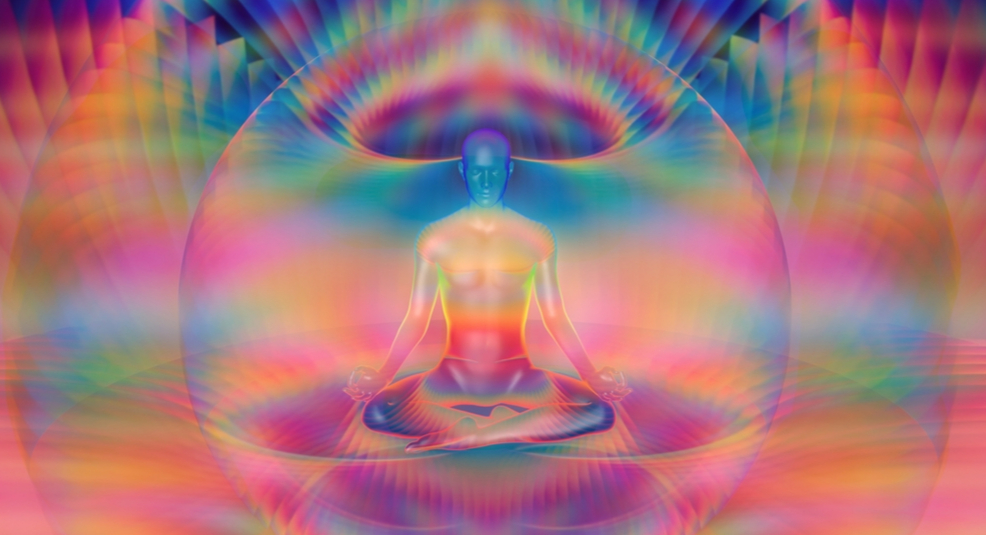
The spiritual and mystical journey one experiences on psilocybin can be incredibly profound and lasting, both for healthy adults and those who suffer from psychological disorders. When taken in the appropriate dosage, with the right intention, and in the proper setting, the psychoactive effects of psilocybin can create a mystical, ineffable experience unlike any other.
Many traditional psilocybin ceremonies are conducted much like the ones Maria Sabina practiced. These rituals involve a shaman who typically utilizes an altar as the main focus during “veladas,” or vigils. These altars may have different types of candles, images, or tokens that pertain to their specific religion. For example, Sabina’s altar had images and tokens related to Catholicism, the predominant religion of Mexico. As those who partake in the ceremony begin to feel the effects of the mushrooms, shamans will help guide them on their trance with traditional chants, songs, and physical touch, such as hand holding or back rubbing, and make sure they stay focused on the sacred and powerful work of the mushroom.

Other entheogens like ayahuasca can produce similar profound experiences. Because of the loving and nurturing effects ayahuasca produces, it is often referred to as “Mother Ayahuasca” by indigenous tribes. It is believed that the female plant will always give participants what they need rather than what they want, and illuminates hidden matters within. For centuries, indigenous tribes in the Amazon Basin have used ayahuasca in medicine, religious ceremonies, and rites of passage. In Peru, the brew has passed from Amerindian shamans to vegetalistas (mestizo healers), who use it to diagnose and treat patients. In Brazil, Afro-Brazilian and Christian beliefs have blended the practice and use of ayahuasca, giving rise to spiritual movements and contributing to the widespread awareness of ayahuasca in South American communities and the Western world alike.
However, unlike traditional psilocybin mushroom ceremonies, traditional ayahuasca ceremonies that took place in the Amazon Basin required only the shaman to ingest the brew. Because it is a tool for divination and used to diagnose and treat a patient, it was important for shamans to experience its properties. It was not until Westerners developed an interest for it that it became a modern quest for spiritual enlightenment and healing.
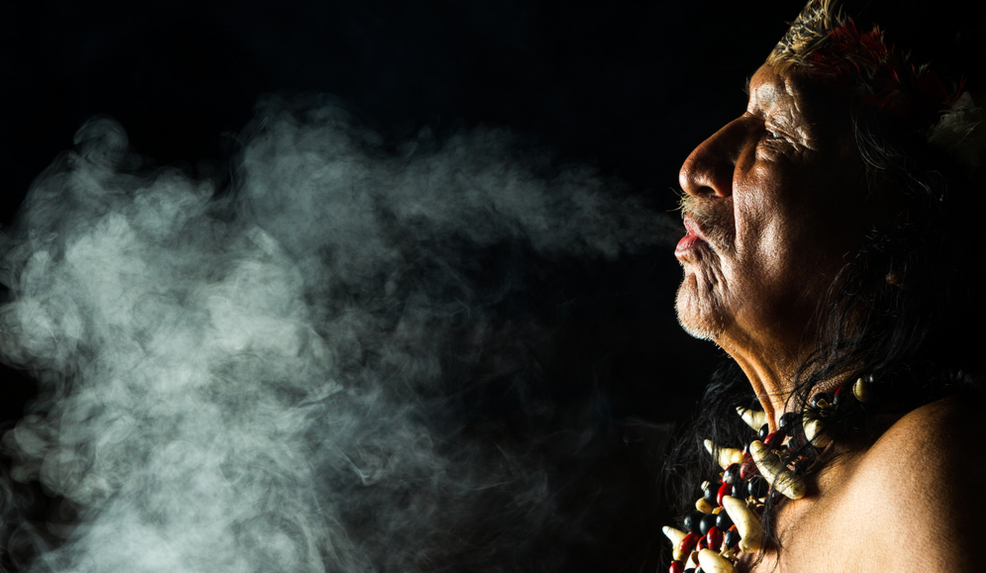
One of the biggest takeaways from entheogenic rituals and ceremonies is the philosophical and ineffable experience one has with them, both during and after consumption. While under the influence of these plants and fungi, many people feel as though they have been connected or partially exposed to a mystical world— one that cannot be explained but somehow gives them a new profound perspective and meaning to themselves and the world around them. With new meaning, one can begin to accept the unexplainable, the infinite, and the simple fact that much of our quest for innate understanding of an ethereal world is futile. As conscious humans, we tend to try to make sense of all that surrounds us— who we are, why we are, why the world is—but embracing that an epistemological understanding, separating truth from opinion, may never fully manifest itself is the concept of contentment, acceptance and overall happiness, satisfaction and purpose. The search for tangible meaning and a rational universal truth which permeates the fabric of reality has endured through more archaic forms of understanding and empirical knowledge. This fixation of humanity has progressed in tandem with these substances, and the world they immerse us into compels us to examine the “real world” through this transcendental experience and new found perspective.
With entheogenic plants and fungi, there is a yearning or need to explore personal growth and ideas of being, and to recognize our own faults and logical fallacies. These thoughts and notions start by reflecting from within. They often stem from a feeling of self-acceptance and finding a love and appreciation for everyone and everything else, just as they are. Similar to how science attempts to explain the enigmatic universe we occupy, such as String Theory, the universal observer and a conscious universe, or the relationship between frequency and matter, one’s thoughts progress to conceptualize and integrate existence’s interrelation to ourselves and to better understand our place and purpose in life. As people continue to use entheogens in a spiritual context, we can expect to see evolving perspectives and philosophical paradigms evolve together and give people a new appreciation for their physical world and the entheogenic spectrum.
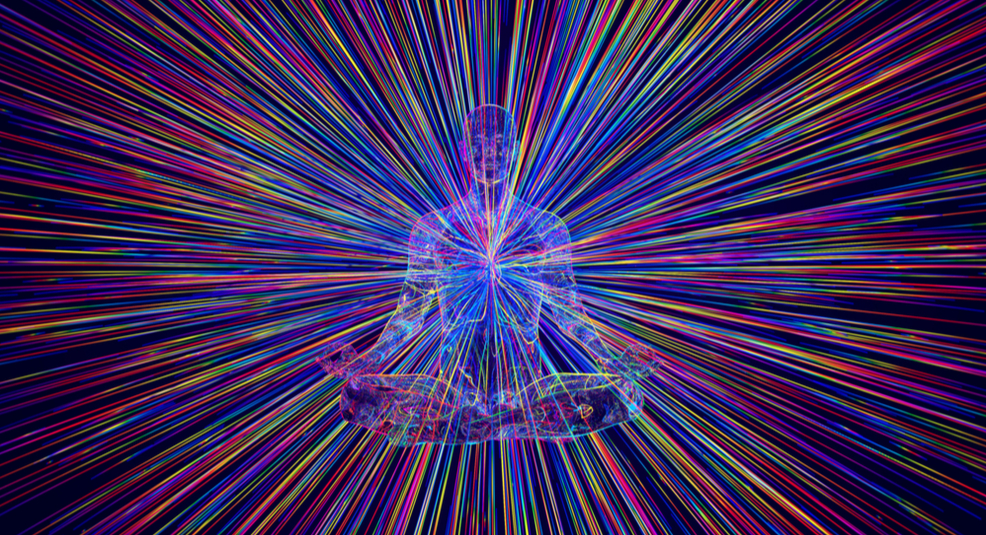
It is not news that entheogenic plants and fungi can be exceptional tools for intrapersonal exploration and spiritual enlightenment, but optimistic caution should still be exercised. It is important to note that although conclusive evidence is lacking, many scientists believe certain mental health problems can be triggered by psychedelic substances, notably schizophrenia, seizures, or suicidal thoughts. If one is taking an antidepressant SSRI, they should avoid combining their medication with psilocybin mushrooms or DMT, the hallucinogenic compound found in ayahuasca. Because both the psychedelics and any antidepressant SSRIs affect the serotonin receptors it is impossible to accurately predict the cumulative effects relative to the individual’s physiology.
It is important to note that these substances should only be consumed by those with solid mental faculties or under the supervision of clinical professionals, as they are known to strongly interact with sensory receptors in hub regions of the brain.
Check with a physician first if you want to try entheogens but are unsure if they are safe for you.
Altered States
Other means of distorting the senses to produce psychedelic experiences might forgo ingesting psychoactive chemicals entirely and instead incorporate exercises that are intended to induce altered states of consciousness. This is believed to be an intrinsic part of human nature and can be achieved through the practices of hyper-intentional breathing, meditation, yoga, sensory deprivation, or other health and mindfulness exercises. Reports indicate that these interventions can numb and subsequently blend the senses, with some hypotheses suggesting that the release of endogenous psychoactive molecules are what produce these entheogenic experiences.

Drawing from Eastern philosophy practices, most notably the ancient Hindu scriptures of Vedic Sanskrit texts and artwork – and later from Buddhist monks, breathwork utilizes breathing exercises to improve mental, physical, and spiritual health and can be traced back as the basis of all yoga and meditation practices. The initial goal was focus of intention regarding self-awareness, self-study and connecting the central energetic channel of the human experience to the universal consciousness. The basis of yoga can loosely be traced back to the original Bandha (breathwork) and Dhyana (meditation) practices, which would later evolve into Asanas, (body postures to pose holding).
Examples may range from a Kundalini style, to a more didactic form of Hatha and Ashtanga (flowing sequences of movements) Yoga, to a modern Vinyasa Flow, which is the most common form of yoga being practiced today. The evolution of these schools of thought have also incorporated activating Chakras (energy centers in the body) through Mantras (vibrational chants of intention and mind instruments), and Mudras (gestures or hand seals), with Pranayama (the focus on breath) as the basis for yoga and the subsequent movements practiced today.
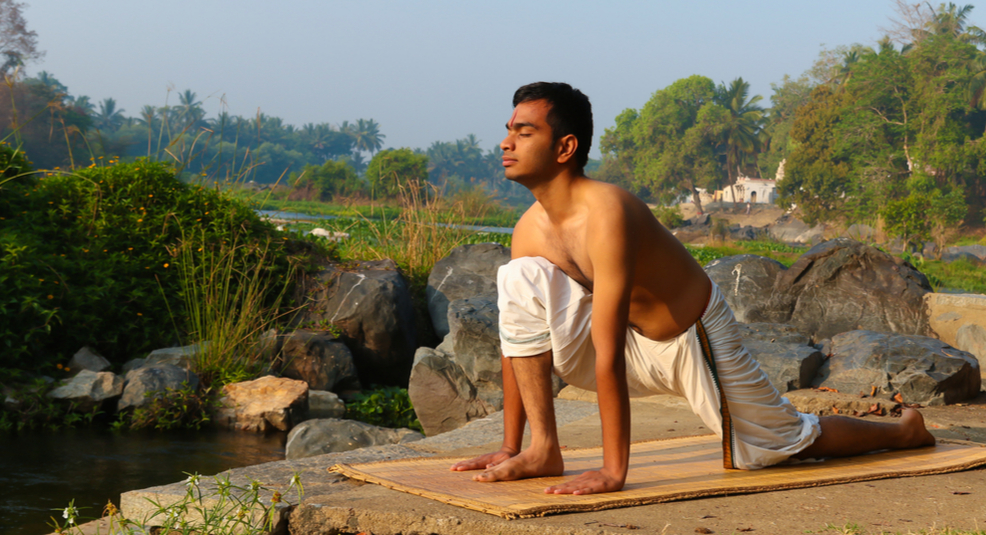
Some popular breathwork practices include:
-
-
Holotropic breathwork
Holotropic breathwork combines accelerated breathing with evocative music and takes place in a curated set and setting. It was developed in the 1970s by psychiatrists Stanislav and Christina Grof. As one enters a non-ordinary state of consciousness, it will activate a natural healing process that brings about positive transformation and wholeness.
-
The Wim Hof Method
The Wim Hof Method is based on cold therapy and controlling one’s breathing, heart rate and blood circulation. It has been known to aid in sleep, heighten focus and determination, increase energy, and help boost the immune system.
-
Breath
Breathwork is also talked about in James Nestor’s book, Breath: The New Science of a Lost Art. Nestor talks about how improper breathing has led to a range of problems, from snoring to sleep apnea. He explores ancient breathing techniques, including Pranayama, Sudarshan Kriya, and Tummo. His research shows that even the smallest adjustment can enhance athletic performance, rejuvenate organs, and stop snoring, allergies, and autoimmune disease.
-

There are also several different branches of meditation techniques that have evolved beyond its root form, each with its own intention. The most common meditation techniques include mindfulness, chanting, spiritual, and visualization.
A deprivation chamber, sometimes referred to as a float tank or isolation tank, is a form of Restricted Environmental Stimulation Therapy (REST). It is a large, soundproof tank which is heated with skin temperature water and saturated with Epsom salt to create buoyancy. The purpose of these tanks is to cut off all external stimuli and essentially create an environment devoid of sensory input where the mind is free to relax uninterrupted. The brain will begin to enter a deep state of tranquility which has allowed users to experience altered states of perception and reality. Studies have shown that deprivation chambers can have lasting effects that help with sleep, decrease pain, alleviate stress and anxiety, and relax muscles. Deprivation tanks have also been known to induce a psychosis-like experience, including hallucinations and, in some cases, even astral projection during the float sessions, which some proponents view as a natural high.
As with all else, intention is key.
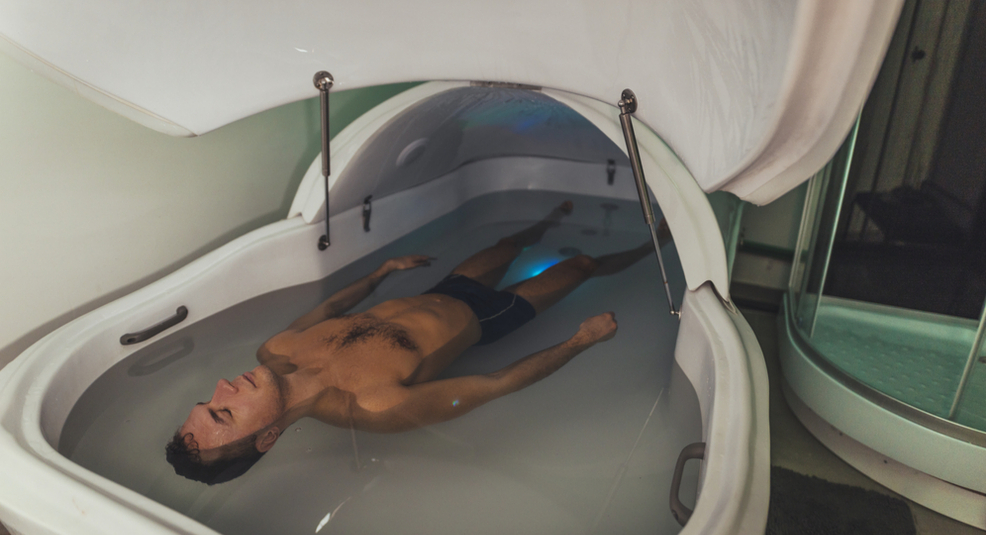
Disclaimer